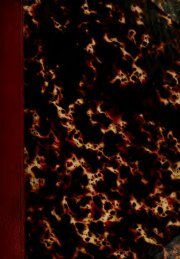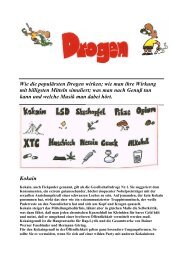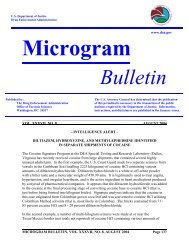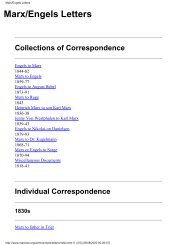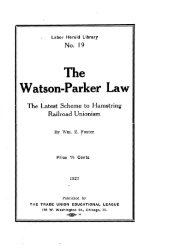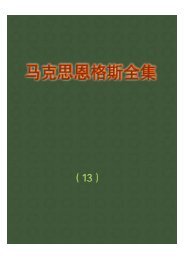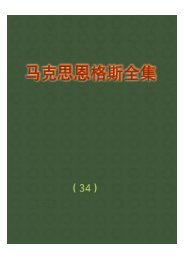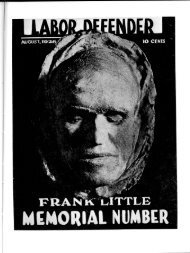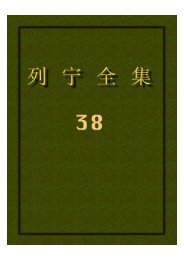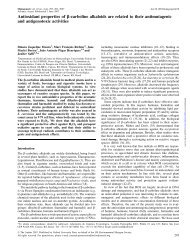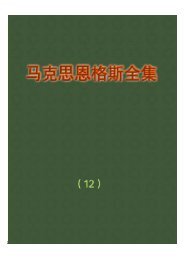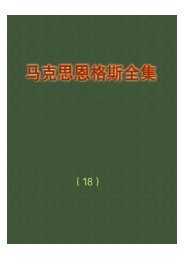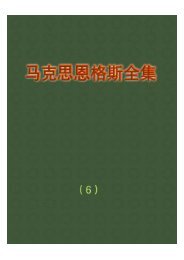Elfspice's Compleat Acacia Extraction Guide
Elfspice's Compleat Acacia Extraction Guide
Elfspice's Compleat Acacia Extraction Guide
Create successful ePaper yourself
Turn your PDF publications into a flip-book with our unique Google optimized e-Paper software.
ambient air pressure, so they pump themselves straight back out. Thus if a<br />
turkey baster is used and the Non polar is one of these, one must remove<br />
the polar phase, as this will not cause the same problem. With DCM this<br />
means pulling the top layer (DCM sinks) and ether, pulling the bottom<br />
layer. A separatory funnel makes the use of DCM much more enjoyable,<br />
since the tap is at the bottom and that's where the DCM ends up too. DCM<br />
also absorbs a lot of the desirables very quickly. Naptha (aka shellite) is<br />
readily available, and is easy to work with using a baster.<br />
Be very careful with shellite and ether, they are highly volatile<br />
and explosive. Read my warning for more information.<br />
Dichloromethane can damage the lungs, care should be taken when using<br />
it too.<br />
17. Recrystallising Dish - From limited experience, it seems that the best<br />
container for this is a dish which has a curved inner surface (like a noodle<br />
bowl), and plastic wrap is used to prevent the solvent from rapidly<br />
escaping. Scraper blades will probably need to be bent into a curve to<br />
scrape the edges properly, though a scalpel might serve better for<br />
removing the crystals. A double layer of plastic wrap is good for ensuring<br />
that it doesn't stretch down too much when it cools (the gas trapped inside<br />
will contract when it cools).<br />
18. Recrystallising Solvent - Due to it's higher boiling point than any other<br />
available, and it's fairly reliable homogeneity, if possible, the best solvent<br />
is isopropyl alcohol (IPA). Naptha will also work, though the lower the<br />
boiling point of the solvent, the more it will evaporate away while<br />
handling, which can be a pain. Acetone can probably be used, as can<br />
methanol and ethanol. Ethanol seems to need very little to dissolve the<br />
material, which can be problematic with very small quantities (a gram or<br />
less). Slightly polar solvents are good in this step as tannins dissolve quite<br />
well in them, if they get to the final product. Acetone and ethanol have not<br />
been tested as far as I know, but I do know that acetone dissolves DMT<br />
freebase quite well<br />
19. Dropper Bottle - This is used to transfer the hot recrystallisation solvent<br />
into the recrystallisation dish (specifically, the dropper)<br />
20. Nitrile Gloves - most domestic glove manufacturers now sell a special<br />
kind of glove for people who are allergic to latex (IMHO latex is nasty<br />
anyway), there are two types, neoprene and nitrile, the former are thicker<br />
and are particularly good for handling hot liquids, the latter are good for<br />
handling Non polar solvents, particularly aromatics which will very rapidly<br />
decompose latex. I have come to the conclusion that it is crazy to work<br />
with these materials without using good protective gloves. In particular<br />
when agitating washes and extractions involving highly volatile solvents<br />
(ether, dcm, naptha) this permits venting of jars without exposure to the<br />
solvents.<br />
21. Safety Glasses - This is recommended for any stage involving the use of<br />
sodium hydroxide, and to a lesser degree, non polar solvents, as protection<br />
against damage to the eyes that can occur. In particular, sodium and



